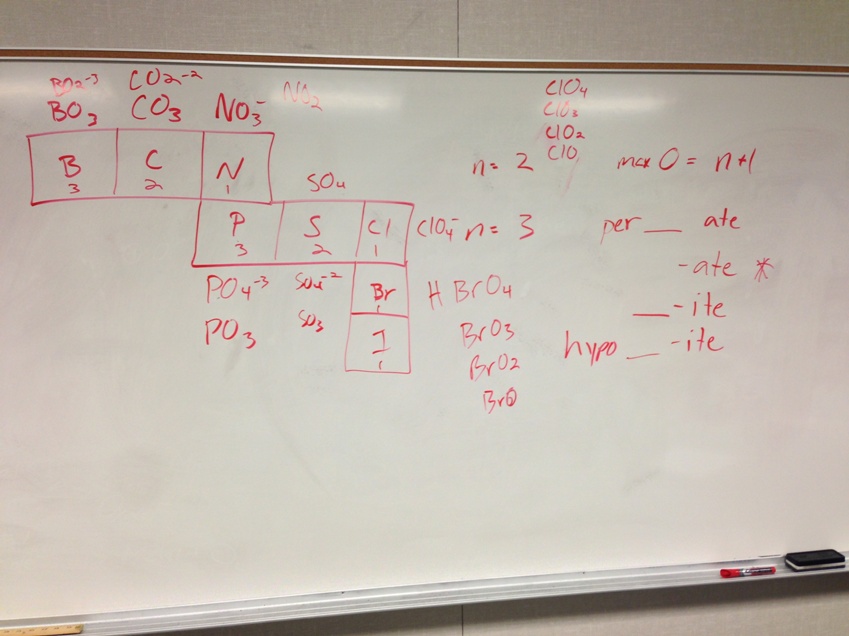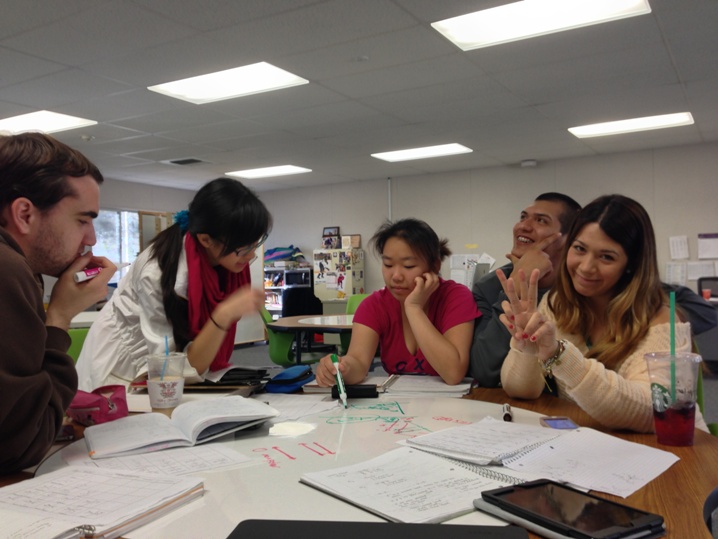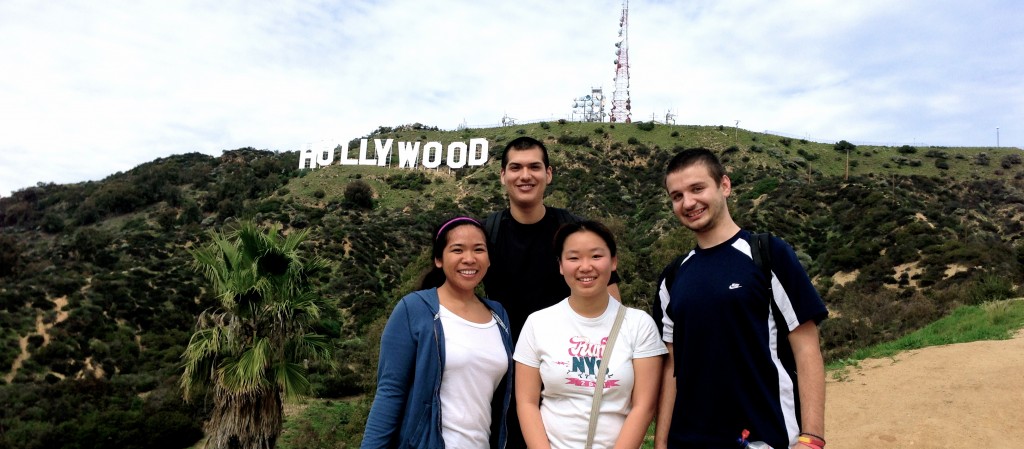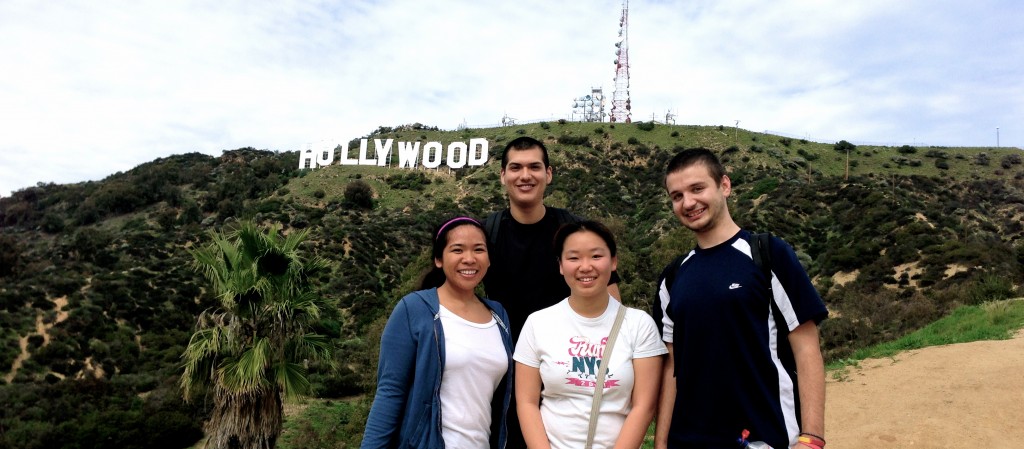Summer 2013 Term: Application postmark deadline: February 4, 2013
Term Dates: June 3 – Aug 9, 2013
Internship Program for undergraduate and graduate students with an interest in Geographic Information Systems (GIS) or Remote Sensing. This is a paid 10-week internship program located at NASA Ames Research Center in Mountain View, California that begins June 3, 2012 (for semester system) or June 17 (for quarter system).
Student teams research NASA science capabilities relevant to community concerns, create and complete projects using remote sensing and GIS techniques, and create advanced computer generated visualizations demonstrating research results. The activities are student-led, with mentors from NASA and partner organizations. Students of all majors are welcome to apply! Please see the attached flyer.
A stipend will be provided for selected students. Student housing options are also available on-site. Interviews will be conducted after applications are received. Students selected for a summer 2013 DEVELOP internship will be notified by late April.
For further information on the DEVELOP Internship Program at NASA Ames Research Center, please access the National Program website at: http://develop.larc.nasa.gov
Ready to Apply? Here are some things You need to know.
Eligibility Requirements
+ Current high school, college, or graduate school student at an accredited US school
+ At least 16 years of age and able to provide personal transportation to and from the DEVELOP location
+ Minimum 3.0 GPA on a 4.0 scale (cumulative or most recent semester)
+ Recent graduates are eligible for one term within a year of their graduation date
+ U.S. citizenship is required to apply to DEVELOP locations at NASA Centers
Application Guidelines
Important Information Regarding the Application Process:
+ Applications must be postmarked by the deadline and sent to the National Program Office (NPO).
+ Incomplete applications, or those postmarked after the deadline, may not be considered.
+ Applicants will receive receipt confirmation of their application within two weeks after the postmark deadline.
+ Applications will be reviewed by the NPO as well as the centers to which the intern applied.
+ Interviews will occur in person (when possible) or over the phone (if the student is not local).
+ After the selection process is complete, each applicant will receive notification regarding their status.
Applications must be mailed to:
DEVELOP National Program Office
NASA Langley Research Center
MS 307
Hampton, VA 23681






Recent Comments